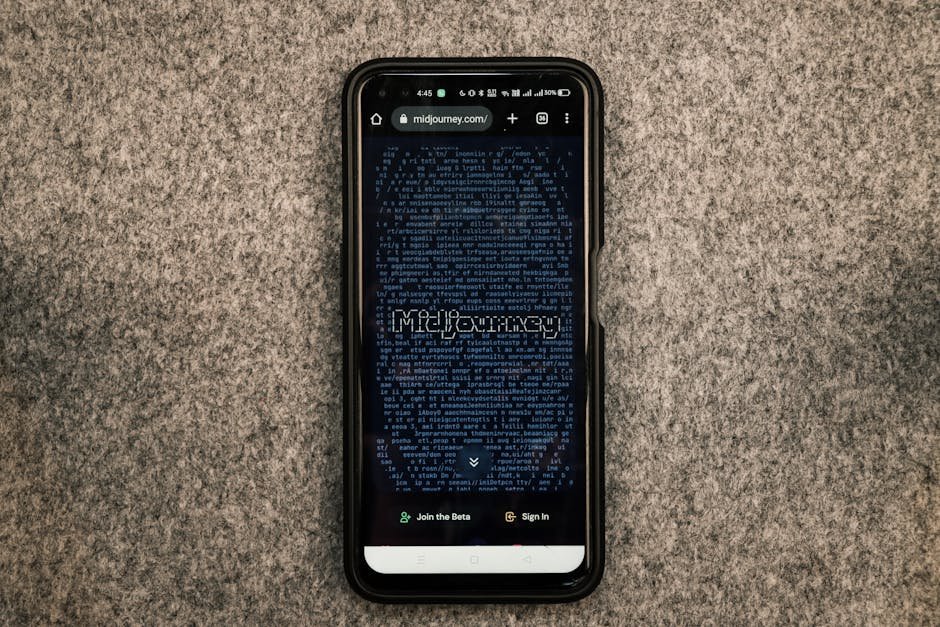Are you a nonprofit organization seeking new and innovative ways to connect with donors?
Cold emailing, if done right, can be an incredibly effective method to generate support for your cause.
However, it can also be daunting.
What should you say? How do you make sure your message doesn’t end up in the recipient’s spam folder? Worry not!
This blog post will cover everything you need to know about cold emailing for nonprofit fundraising. We’ll provide tried-and-true templates and answer some frequently asked questions to ensure you’re set for success.
Why Cold Emails?
Cold emailing offers numerous benefits for nonprofits:
- Cost-Effective: It’s far cheaper than traditional fundraising methods.
- Scalable: Easily reach a large number of potential donors.
- Measurable: Track open rates, clicks, and responses to improve future campaigns.
Now let’s dive into our carefully crafted cold email templates.
Essential Components of a Successful Cold Email
Before we get to the templates, it’s crucial to understand the anatomy of a successful cold email:
- Subject Line: The first thing your recipient will see. Make it compelling and relevant.
- Personalization: Use the recipient’s name and other details to make the email feel tailored.
- Value Proposition: Explain why donating to your cause is beneficial.
- Call-To-Action (CTA): Clearly specify what you want the recipient to do.
- Follow-Up: Don’t be afraid to send a follow-up email.
Template 1: The Introduction Email
Subject: Make a Difference in [Field/Cause]
Hi [Recipient’s Name],
My name is [Your Name], and I am the [Your Position] at [Your Nonprofit]. We focus on [briefly explain your nonprofit’s mission]. We recently achieved [mention a success or milestone], which was made possible by like-minded people who believe in us.
We are currently raising funds for [specific project or cause], and your support could make a significant impact. [One or two sentences about how the donation will be used].
Would you consider making a donation to [Your Nonprofit]? Even a small contribution can make a big difference.
Thank you for your consideration. You can donate directly through this [link to donation page]. If you have any questions or would like to learn more, feel free to reply to this email—I’d love to chat.
Warm regards,
[Your Name]
[Your Position]
[Your Contact Information]
Template 2: The Follow-Up Email
Subject: Did You See My Last Email?
Hi [Recipient’s Name],
I hope you’re doing well. I’m reaching out to follow up on my previous email about supporting [Your Nonprofit]. We’re really excited about the [specific project or cause] and the impact it can have.
We believe that your contribution can play a pivotal role in making this project a success. Would you consider supporting us with a donation? [Include a sentence or two about an urgent need or deadline.]
Thank you for your time and consideration. You can easily donate by clicking this [link to donation page].
Best,
[Your Name]
[Your Position]
[Your Contact Information]
Template 3: The Success Story Email
Subject: See the Difference You Can Make
Hi [Recipient’s Name],
I wanted to share an inspiring story with you. Thanks to donations from generous individuals like you, [describe a success story related to your nonprofit].
We are incredibly proud of this achievement and are looking to scale it further. Your support could help us replicate this success and touch even more lives.
Would you consider making a donation to [Your Nonprofit]? Every dollar counts and helps us move closer to our goal.
We appreciate your time and consideration. Click here to donate: [link to donation page]
Best wishes,
[Your Name]
[Your Position]
[Your Contact Information]
Frequently Asked Questions (FAQ)
1. What is a cold email?
A cold email is an unsolicited email sent to an individual with the intent of establishing a connection or gaining support. For nonprofits, it’s often used for fundraising purposes.
2. Is cold emailing legal?
Yes, cold emailing is legal, but it’s important to follow regulations such as CAN-SPAM Act in the US. This includes providing an option to unsubscribe and ensuring the content is relevant and respectful.
3. How can I avoid my cold email landing in the spam folder?
Use a professional email address, avoid excessive links and images, and always include an opt-out option. Personalizing your email and avoiding spammy words (like “free” or “urgent”) can also help.
4. How often should I send follow-up emails?
A good rule of thumb is to send a follow-up email one week after the initial email. If you don’t get a response, you can send one more follow-up a week later. Be respectful and avoid spamming the recipient.
5. What’s the best time to send a cold email for fundraising?
While it can vary depending on your audience, studies show that mid-week (Tuesday to Thursday) and mid-morning (9-11 AM) are generally effective times to send emails.
Conclusion
Cold emailing can be an invaluable tool for nonprofit fundraising when executed correctly.
By personalizing your emails, clearly communicating your value proposition, and following up respectfully, you can significantly improve your chances of building a strong donor base. Feel free to use and adapt our templates to fit your unique needs and cause.
Happy fundraising!







